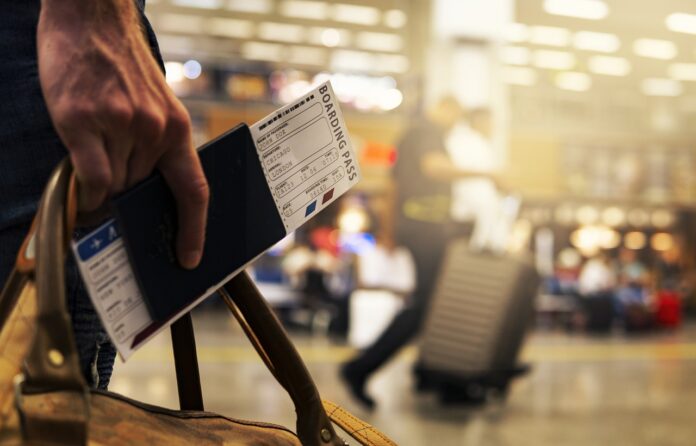Newswise – The FAA is expecting another summer travel season marred by flight delays and disruptions for East Coast airports. The agency is expecting a 45% increase in overall flight delays in the New York region during peak travel periods. To avoid congestion, the agency said it will reduce flight requirements for airlines’ takeoff and landing rights at airports in New York City and Washington D.C. from May through September. One business professor at the George Washington University says this decision will have ripple effects on various stakeholders within the aviation industry, including airlines, labor markets, and travelers.
If you’re looking for more context on this matter, please consider Jungho Suh, teaching assistant professor of management at the GW School of Business. His areas of expertise include service management, diversity, equity, and inclusion (DE&I), entrepreneurship, human resource issues in the service industry, sustainability & ESG reporting in the travel industry, digital platforms in tourism & hospitality, and gastronomy tourism.
“While most airlines have welcomed the FAA’s decision as it will help them avoid congestion/delay and ultimately increase profitability, air travelers may feel ambivalent about the reduction in flight requirements,” Suh says. “The industry has experienced a surge in air travel demand since COVID-19 protocols were lifted in many states, leading to service failures such as delayed departure/arrival and flight cancellations. The FAA’s announcement is good news for those travelers who have grown tired of these problems caused by abruptly increased demand in recent months.”
“However, for a group of air travelers who experienced other types of service failures related to safety such as near-collision incidents and runway incursions, the FAA’s decision to lower flight requirements may be concerning. Labor shortages in the aviation industry and a lack of proper employee training have contributed to these safety issues. To better understand the reasons and expected consequences of the FAA’s announcement, we need to examine the dynamics among all three stakeholders: airlines, employees, and travelers. By doing so, we can gain a more comprehensive understanding of the impacts of this decision on the industry as a whole.”


